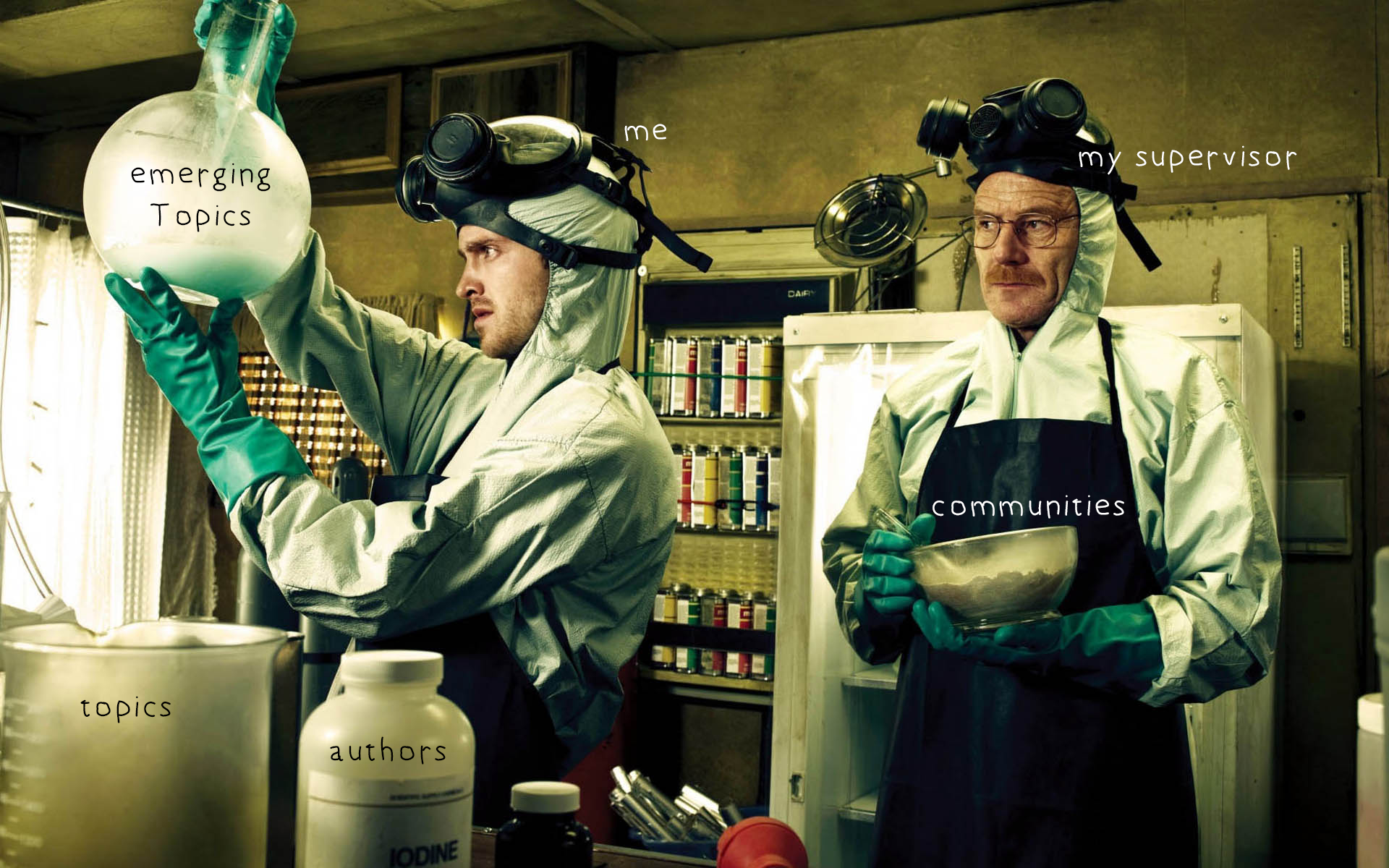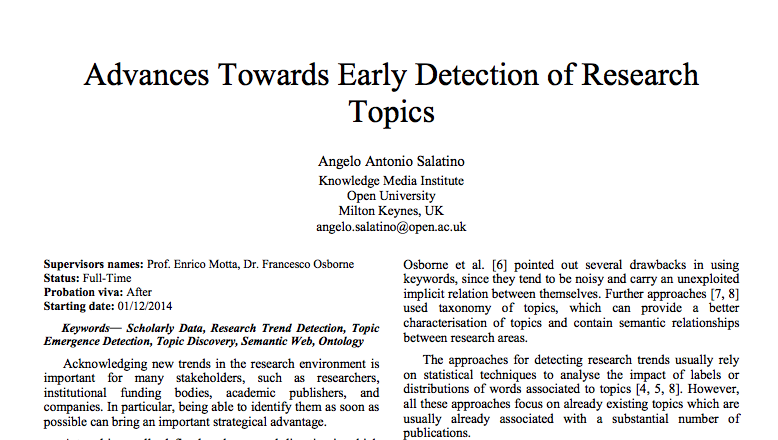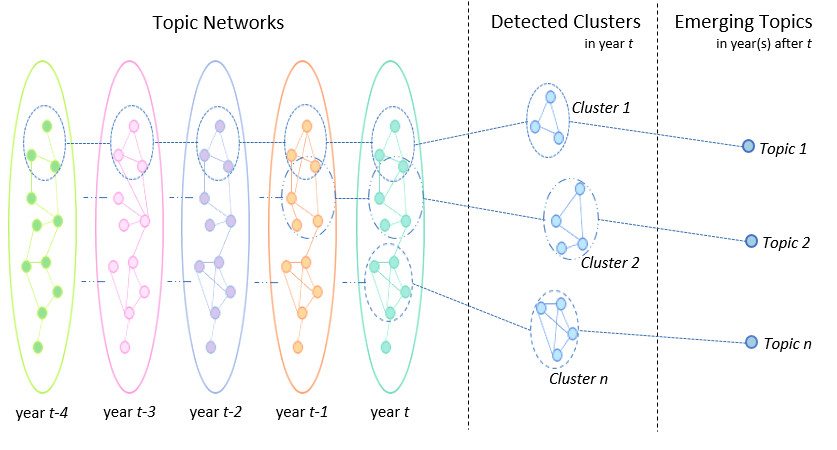Being able to rapidly recognise new research trends is strategic for many stakeholders, including universities, institutional funding bodies, academic publishers and companies. The literature presents several approaches to identifying the emergence of new research topics, which rely on the assumption that the topic is already exhibiting a certain degree of popularity and consistently referred to by a community of researchers. However, detecting the emergence of a new research area at an embryonic stage, i.e., before the topic has been consistently labelled by a community of researchers and associated with a number of publications, is still an open challenge.
Category: Artificial Intelligence

3MT – Early detection of research trends
On 16th May 2017, the STEM Faculty of my university organised a 3 Minutes Thesis (3MT) in which each candidate has a time slot of three minutes to describe their thesis. The speech can be supported by one static slide showing important features of the work. I wish I had shown the one above. In […]

Department Research Seminar: Early Detection of Research Topics
On the 8th February I delivered a seminar to my department (KMi @ OU) in which I described the work I have been doing in the last two years for my postgraduate research. I started with a little bit of introduction about science. Shortly, I moved to the currently available technologies for keeping track of the […]

Smart Topic Miner
Smart Topic Miner (STM) is a web application which uses Semantic Web technologies to classify scholarly publications on the basis of Computer Science Ontology (CSO), a very large automatically generated ontology of research areas. STM was developed to support the Springer Nature Computer Science editorial team in classifying proceedings in the LNCS family. It […]
Ontology Forecasting in Scientific Literature: Semantic Concepts Prediction based on Innovation-Adoption Priors
“Ontology Forecasting in Scientific Literature: Semantic Concepts Prediction based on Innovation-Adoption Priors” is a peer-reviewed paper presented on Tuesday 22nd November 2016 at the “Entity detection, matching and evolution” session at the 20th International Conference on Knowledge Engineering and Knowledge Management, Bologna, Italy Authors: Amparo Elizabeth Cano-Basave, Francesco Osborne and Angelo Antonio Salatino Abstract: The […]

Advances Towards Early Detection of Research Topics
Acknowledging new trends in the research environment is important for many stakeholders, such as researchers, institutional funding bodies, academic publishers, and companies. In particular, being able to identify them as soon as possible can bring an important strategical advantage. A trend is usually defined as the general direction in which something is evolving. It is […]
Tech Report: Early Detection and Forecasting of Research Trends
This is the First Year Probation Report submitted for the registration to the degree of Doctor of Philosophy at the Open University. Abstract Identifying and forecasting research trends is of critical importance for a variety of stakeholders, including researchers, academic publishers, institutional funding bodies, companies operating in the innovation space and others.

Early Detection and Forecasting of Research Trends
“Early Detection and Forecasting of Research Trends” is a paper presented at the Doctoral Consortium of the 14th International Semantic Web Conference (ISWC2015) in Bethlehem (PA, USA). Abstract Identifying and forecasting research trends is of critical importance for a variety of stakeholders, including researchers, academic publishers, institutional funding bodies, companies operating in the innovation space and others. […]

SSSW 2015 – 11th Summer School on Ontology Engineering and the Semantic Web
From the 5th to 11th of July the 11th Summer School on Ontology Engineering and the Semantic Web took place. Unlike other years, it was held in Bertinoro (IT) instead of Cercedilla (Spain). About the Summer School [from the sssw.org]: The Semantic Web Summer School, SSSW, was founded in 2003 by Enrico Motta and Asun Gomez-Perez as […]
SS-RR: Sviluppo di un Sistema di Rilevazione della Risonanza
Introduction The SS-RR project (Sviluppo di un Sistema per la Rilevazione della Risonanza, english: Development of a System for Resonance Detection) aims to develop methodologies exploiting current technologies in order to provide innovative services. In particular, the detection of harmony levels between one or more people in relation to external stimuli. For example, the measure of […]



